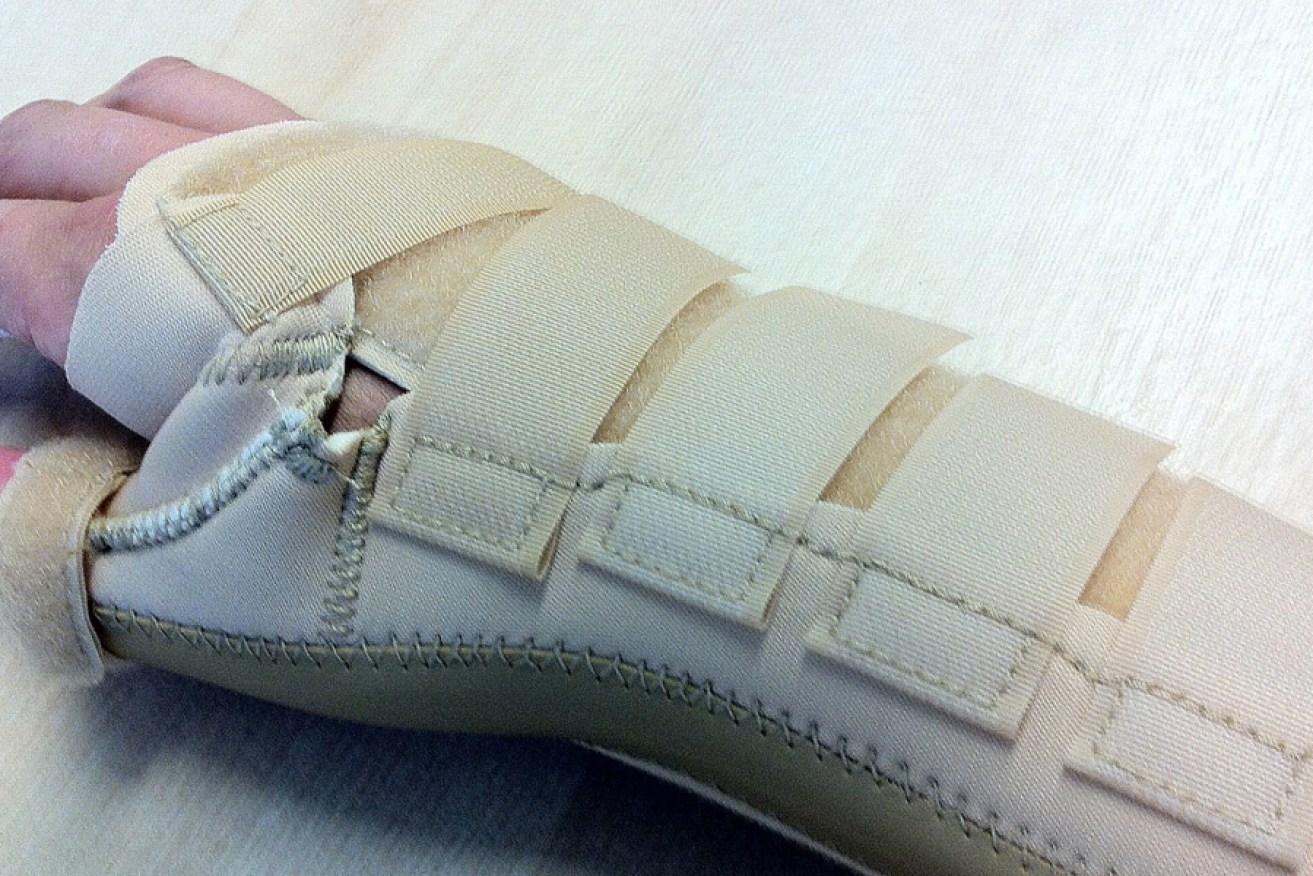Improved safety will reduce insurance premiums

New insurance premium regime has financial incentives to create safer workplaces
Businesses have been given a powerful incentive to improve employee safety with a significant financial penalty at the heart of the new ReturnToWork scheme for industry sectors with high rates of injuries.
ReturnToWork announced this week that the “industry rates”, used in calculating employers’ insurance premiums, have dropped by an average of 20 per cent following the revamping of the previous WorkCover scheme.
The industry rate reductions range from 5 per cent to 95 per cent depending on the claims history of various sectors.
ReturnToWork announced in March that average insurance premiums would reduce from 2.75 per cent of a company’s remuneration to 1.95 per cent in 2015-16, a move that will save the state’s 50,000 businesses an estimated $180 million annually.
Those premiums are calculated by multiplying a company’s total remuneration by the applicable industry rate and taking account of the individual company’s claims history for income support for injured employees, and any discount applying.
While most employers will experience reductions in premiums, the State Government has devised a strong incentive for companies operating in high risk industry sectors where injuries are more prevalent.
While many sectors have an industry rate in the order of 2-4 per cent, nine sectors, where the risk and track record of injury is higher, have a rate of 7.5 per cent – which will increase the cost of premiums.
At this point the Government has built in an incentive for businesses to enhance their work environments. The Government has capped this rate for 2015-16 at 7.5 per cent but, in the absence of an improved safety performance, will increase this rate over the subsequent four years to the actual rate applying for that sector.
The industry sectors subject to the higher risks include meat processing, cutlery and hand tool manufacturing, ‘other’ horse racing activities, bricklaying services, and roofing services.
The category, “other horse racing activities” – which includes 59 employers who are largely stable operators – has an industry rating of 11.1 per cent. After the 2015-16 freeze of its rating at 7.5 per cent, and in the absence of an improved injury outcome, that sector would face higher insurance premiums as the industry rate was raised in equal instalments over the subsequent four years.
However, premiums can be reduced in the future by an overall improved safety performance across an industry sector or by individual firms.
Announcing the new insurance regime, ReturnToWorkSA chief executive Greg McCarthy said “employers will experience a much simpler work injury insurance premium system whereby they will know how they can directly influence the insurance premium they pay each year, no matter their size”.
“Employers with better work injury claims performance can preserve their discounts and pay less when compared to other employers who have a poor claims history,” McCarthy said.
He encouraged companies to manage the risks in their enterprises, actively support injured workers to return to work, and engage with ReturnToWorkSA’s mobile case managers.
“If employers focus on these three key areas we should see fewer injuries, better recovery and return to work outcomes when someone is injured, which will result in even lower premiums next year.”




